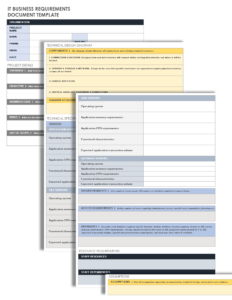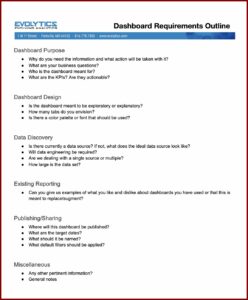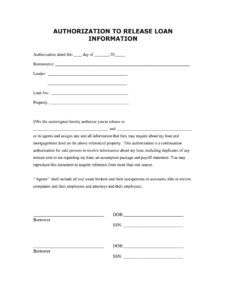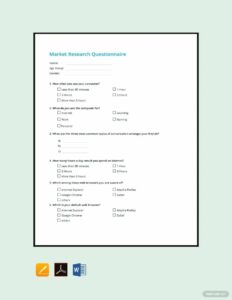Creating an effective dashboard requires a clear understanding of the information and functionality that users need. A well-crafted dashboard requirements gathering template can help you capture this information and ensure that your dashboard meets the needs of your users.
There are a few key things to keep in mind when creating a dashboard requirements gathering template. First, you need to identify the stakeholders who will be using the dashboard. Once you know who your audience is, you can start to gather information about their needs. This information can be gathered through interviews, surveys, or workshops.
What to Include in a Dashboard Requirements Gathering Template
There are a number of elements that you should include in your dashboard requirements gathering template. These elements include:
User needs: Clearly define the specific needs of the users who will be using the dashboard. This includes their goals, objectives, and tasks.
Dashboard purpose: Clearly state the purpose of the dashboard. What are the specific business questions that the dashboard will answer?
Data sources: Identify the data sources that will be used to populate the dashboard. This includes the type of data, the format of the data, and the location of the data.
Dashboard metrics: Define the specific metrics that will be displayed on the dashboard. These metrics should be aligned with the dashboard purpose and the user needs.
Dashboard functionality: Describe the specific functionality that the dashboard will provide. This includes the ability to drill down into data, filter data, and export data.
How to Use a Dashboard Requirements Gathering Template
Once you have created a dashboard requirements gathering template, you can use it to gather information from stakeholders. This information can be used to create a dashboard that meets the needs of your users.
Here are a few tips for using a dashboard requirements gathering template:
Involve stakeholders early in the process: Getting input from stakeholders early on will help ensure that the dashboard meets their needs. This can be done through interviews, surveys, or workshops.
Be specific in your questions: When asking stakeholders about their needs, be as specific as possible. This will help you gather the information you need to create an effective dashboard.
Document the requirements: Once you have gathered information from stakeholders, document the requirements in a clear and concise way. This will help you keep track of the requirements and ensure that they are met.
Conclusion
Using a dashboard requirements gathering template can help you create an effective dashboard that meets the needs of your users. By following the tips outlined in this article, you can ensure that your dashboard is well-designed and provides the information that your users need.
Remember, the key to creating a successful dashboard is to understand the needs of your users. By taking the time to gather requirements and involve stakeholders in the process, you can ensure that your dashboard is a valuable tool for your organization.



